
Copyright 2018 by Joe McDonald. All rights reserved. All photographs by Joe McDonald and Mary Ann McDonald unless otherwise noted. Published by: Amherst Media, Inc. PO BOX 538 Buffalo, NY 14213 www.AmherstMedia.com Publisher: Craig Alesse Senior Editor/Production Manager: Michelle Perkins Editors: Barbara A. Lynch-Johnt, Beth Alesse Acquisitions Editor: Harvey Goldstein Associate Publisher: Katie Kiss Editorial Assistance from: Carey A.
Miller, Roy Bakos, Jen Sexton-Riley, Rebecca Rudell Business Manager: Sarah Loder Marketing Associate: Tonya Flickinger ISBN-13: 978-1-68203-325-8 Library of Congress Control Number: 2017949327 10 9 8 7 6 5 4 3 2 1 No part of this publication may be reproduced, stored, or transmitted in any form or by any means, electronic, mechanical, photocopied, recorded or otherwise, without prior written consent from the publisher. Notice of Disclaimer: The information contained in this book is based on the authors experience and opinions. The author and publisher will not be held liable for the use or misuse of the information in this book.  www.facebook.com/AmherstMediaInc www.youtube.com/AmherstMedia www.twitter.com/AmherstMedia
www.facebook.com/AmherstMediaInc www.youtube.com/AmherstMedia www.twitter.com/AmherstMedia
AUTHOR A BOOK WITH AMHERST MEDIA! Are you an accomplished photographer with devoted fans? Consider authoring a book with us and share your quality images and wisdom with your fans. Its a great way to build your business and brand through a high-quality, full-color printed book sold worldwide. Our experienced team makes it easy and rewarding for each book soldno cost to you.
E-mail today!
CONTENTS


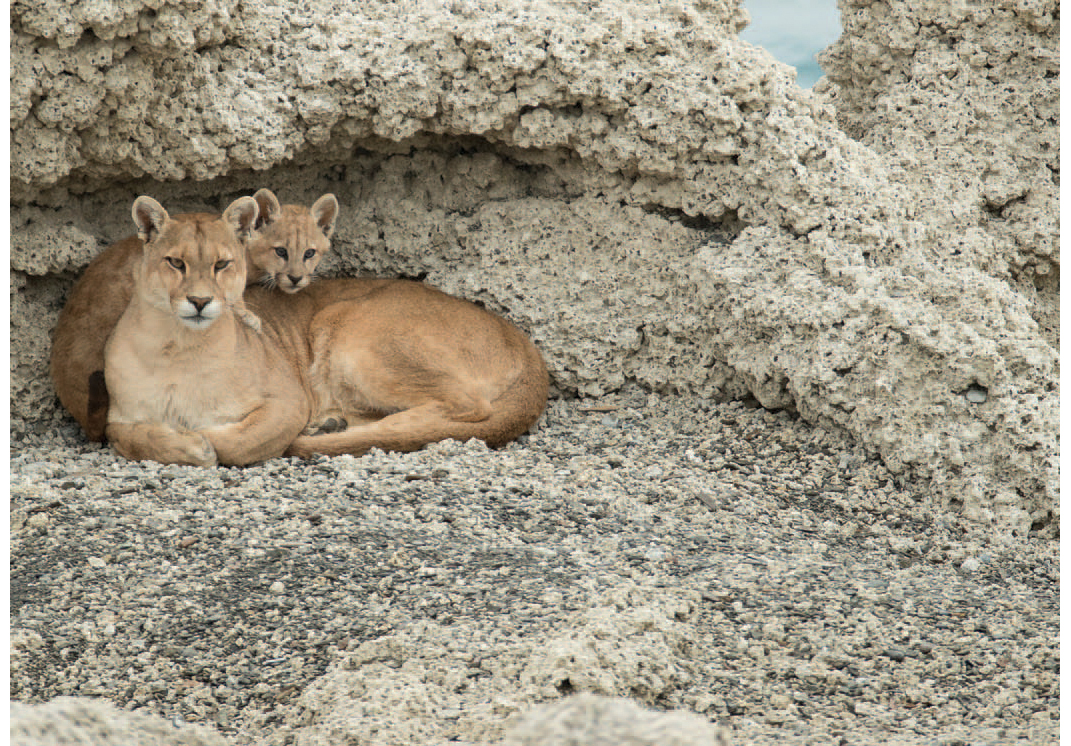
Table of Contents
Guide
Joe and Mary Ann McDonald are professional wildlife photographers with a special interest in the Big Cats. They have photographed all seven of the Big Cats in a single year three different timesan adventure which took them to Africa, Asia, and South America. Joe is the author of eleven books on wildlife or wildlife photography, and Mary Ann is the author of twenty-nine childrens books. Joe and Mary spend over half the year in the field photographing, leading photo safaris, and conducting tours to worldwide destinations that typically include five continents. Learn more at www.hoothollow.com.
 Photo by Joe McDonald.
Photo by Joe McDonald. Joe McDonald with a wild Cheetah that frequently scouted for game from the rooftops of safari vehicles in Kenyas Masai Mara Game Reserve.
Joe McDonald with a wild Cheetah that frequently scouted for game from the rooftops of safari vehicles in Kenyas Masai Mara Game Reserve.
Photo by Mary Ann McDonald.
CONTRIBUTORS Additional images were provided for this book by the following photographers: Angus Fraser (pages 118119, 121, and 125) Cindy Marple (page 57) Donna Salett (page 44) Mysterious, charismatic, majestic, powerful, frighteningthese are just a few of the words that are often used to describe the worlds Big Cats. Some, namely the Lion, Tiger, and Leopard, are virtually household names, known by nearly everyone. Others, like the Jaguar and Snow Leopard, are less familiar to some, but in their native lands they play important roles, functioning as keystone species that are critical to the health and stability of their environment. Nearly all, in todays world, face threats, with some of the most iconic, particularly the Tiger and Lion, facing extinction in the wild during the lifetime of many of you reading this sentence. So, what defines a Big Cat? Technically, if we only consider a strict taxonomic classification, the Big Cat group might only include species in the
Panthera genus: the Lion, Tiger, Jaguar, Leopard, and Snow Leopard. A related feline, the Clouded Leopard, is often included in this general classification, belonging to the same taxonomic family
(Pantherinae), but Clouded Leopards are small, weighing no more than the largest of the Small Cats, the European Lynx.
For that reason, we did not consider the Clouded Leopard as a Big Cat. Pumas and Cheetahs are not in the Pantherinae family, but both are big cats and equal or exceed the weight of the Snow Leopard. In fact, the Puma is the worlds fourth-largest cat.  The largest of the Big Cats is the Tiger. The Siberian or Amur Tiger can weigh over 700 pounds. Male Bengal Tigers, found in India, tip the scales at over 500 pounds.
The largest of the Big Cats is the Tiger. The Siberian or Amur Tiger can weigh over 700 pounds. Male Bengal Tigers, found in India, tip the scales at over 500 pounds.
Male Siberian Tigers may be nearly 11 feet long, from nose to tail tip. African Lions are the second-largest Big Cat, with males weighing 400 to 450 pounds. Females are much smaller and lighter, rarely weighing more than 300 pounds.
African Lions are the second-largest Big Cat, with males weighing 400 to 450 pounds. Females are much smaller and lighter, rarely weighing more than 300 pounds. The size and weight of Jaguars varies considerably, depending upon the region. Jaguars in Central and northern South America are much smaller than those found in Brazils Pantanal, where males may weigh over 250 pounds, making the Jaguar the third-largest Big Cat.
The size and weight of Jaguars varies considerably, depending upon the region. Jaguars in Central and northern South America are much smaller than those found in Brazils Pantanal, where males may weigh over 250 pounds, making the Jaguar the third-largest Big Cat. Pumas are known by many names and are commonly called Mountain Lions or Cougars in the United States and Canada. Pumas are the fourth-largest Big Cat. Males can reach 200 pounds or more. As a photographer, I hoped to one day photograph every one of the worlds Big Cats, although I believed that doing so would be impossible. Fortunately, access and opportunities developed over the past several years to make that dream a reality, and my wife and I have succeeded in photographing all seven species in a single year, three different times.
Pumas are known by many names and are commonly called Mountain Lions or Cougars in the United States and Canada. Pumas are the fourth-largest Big Cat. Males can reach 200 pounds or more. As a photographer, I hoped to one day photograph every one of the worlds Big Cats, although I believed that doing so would be impossible. Fortunately, access and opportunities developed over the past several years to make that dream a reality, and my wife and I have succeeded in photographing all seven species in a single year, three different times.
Our quest involved travel to Africa, Asia, and South America, the three continents hosting all seven species. Ironically, one Big Cat, the Puma, is widespread in North, Central, and South America, but to have a realistic chance of even seeing this Big Cat, we had to travel to the southernmost regions of South America. The photographs in this book are a compilation from those quests and celebrate these beautiful and important predators. ... to have a realistic chance of even seeing this Big Cat, we had to travel to the southernmost regions of South America.


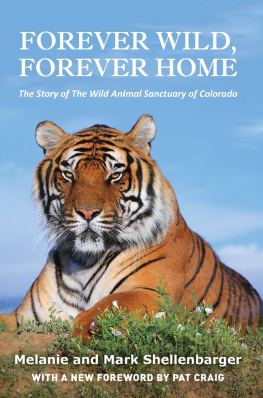
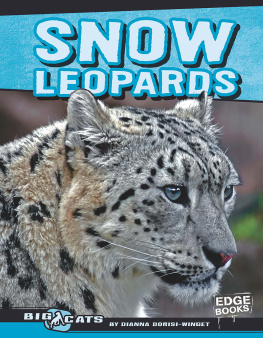
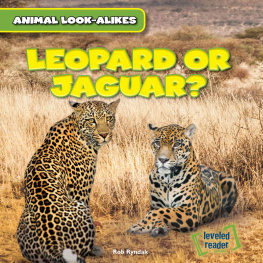

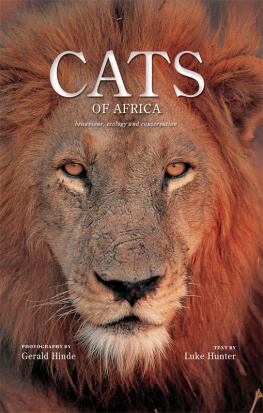


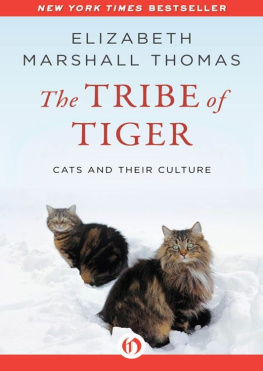
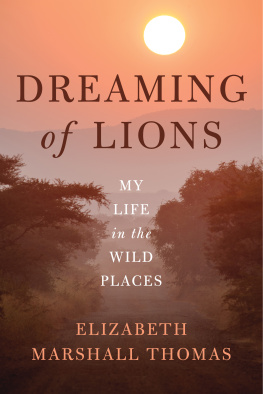

 Copyright 2018 by Joe McDonald. All rights reserved. All photographs by Joe McDonald and Mary Ann McDonald unless otherwise noted. Published by: Amherst Media, Inc. PO BOX 538 Buffalo, NY 14213 www.AmherstMedia.com Publisher: Craig Alesse Senior Editor/Production Manager: Michelle Perkins Editors: Barbara A. Lynch-Johnt, Beth Alesse Acquisitions Editor: Harvey Goldstein Associate Publisher: Katie Kiss Editorial Assistance from: Carey A.
Copyright 2018 by Joe McDonald. All rights reserved. All photographs by Joe McDonald and Mary Ann McDonald unless otherwise noted. Published by: Amherst Media, Inc. PO BOX 538 Buffalo, NY 14213 www.AmherstMedia.com Publisher: Craig Alesse Senior Editor/Production Manager: Michelle Perkins Editors: Barbara A. Lynch-Johnt, Beth Alesse Acquisitions Editor: Harvey Goldstein Associate Publisher: Katie Kiss Editorial Assistance from: Carey A.  www.facebook.com/AmherstMediaInc www.youtube.com/AmherstMedia www.twitter.com/AmherstMedia
www.facebook.com/AmherstMediaInc www.youtube.com/AmherstMedia www.twitter.com/AmherstMedia

 Table of Contents
Table of Contents  Photo by Joe McDonald.
Photo by Joe McDonald. Joe McDonald with a wild Cheetah that frequently scouted for game from the rooftops of safari vehicles in Kenyas Masai Mara Game Reserve.
Joe McDonald with a wild Cheetah that frequently scouted for game from the rooftops of safari vehicles in Kenyas Masai Mara Game Reserve. The largest of the Big Cats is the Tiger. The Siberian or Amur Tiger can weigh over 700 pounds. Male Bengal Tigers, found in India, tip the scales at over 500 pounds.
The largest of the Big Cats is the Tiger. The Siberian or Amur Tiger can weigh over 700 pounds. Male Bengal Tigers, found in India, tip the scales at over 500 pounds. African Lions are the second-largest Big Cat, with males weighing 400 to 450 pounds. Females are much smaller and lighter, rarely weighing more than 300 pounds.
African Lions are the second-largest Big Cat, with males weighing 400 to 450 pounds. Females are much smaller and lighter, rarely weighing more than 300 pounds. The size and weight of Jaguars varies considerably, depending upon the region. Jaguars in Central and northern South America are much smaller than those found in Brazils Pantanal, where males may weigh over 250 pounds, making the Jaguar the third-largest Big Cat.
The size and weight of Jaguars varies considerably, depending upon the region. Jaguars in Central and northern South America are much smaller than those found in Brazils Pantanal, where males may weigh over 250 pounds, making the Jaguar the third-largest Big Cat. Pumas are known by many names and are commonly called Mountain Lions or Cougars in the United States and Canada. Pumas are the fourth-largest Big Cat. Males can reach 200 pounds or more. As a photographer, I hoped to one day photograph every one of the worlds Big Cats, although I believed that doing so would be impossible. Fortunately, access and opportunities developed over the past several years to make that dream a reality, and my wife and I have succeeded in photographing all seven species in a single year, three different times.
Pumas are known by many names and are commonly called Mountain Lions or Cougars in the United States and Canada. Pumas are the fourth-largest Big Cat. Males can reach 200 pounds or more. As a photographer, I hoped to one day photograph every one of the worlds Big Cats, although I believed that doing so would be impossible. Fortunately, access and opportunities developed over the past several years to make that dream a reality, and my wife and I have succeeded in photographing all seven species in a single year, three different times.